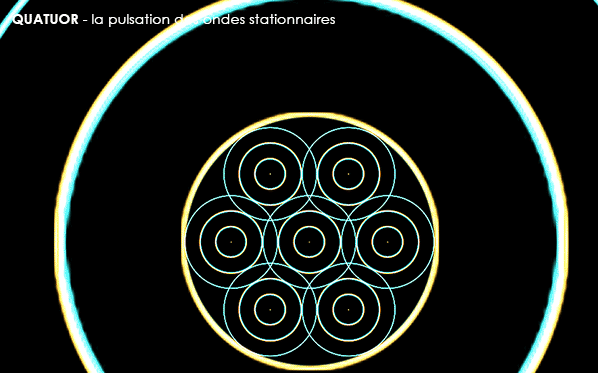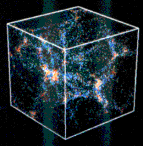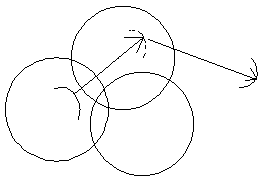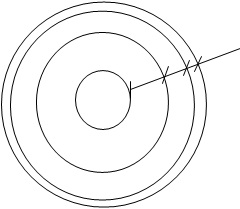
home

Science

Essence of the hypothesis (in English)

home |

Science |
Waiting for the Higgs boson: 
Essence of the hypothesis (in English) |

 |
This simulation models the distribution of galaxies in a cube 260 million light-years on a side. The distribution of galaxies suggests a sponge-like structure, with a concentration on walls encompassing vast empty spaces. The walls of these empty bubbles would, in our hypothesis, be the largest scale on which the perfect synchronization of space waves would have managed to occur, and it is the gathering of folds forming defects on the surface of these waves that would have progressively generated the matter of which galaxies are now made [Document "Sciences et Avenir"] |
|
A fold that distorts one space wave is necessarily expelled towards another wave, which in turn expels it towards another wave, and so on |
 |

 |
the cause of gravitational acceleration: The folds of the waves generate a reduction in volume of the same order of magnitude for all the waves, which distances them further apart the smaller their size, since the more this similar reduction in volume is relative to a smaller wave surface the more it consequently implies a thickness important between two successive waves. During the same duration of time, the same number of beats will therefore cover a space that is greater the closer we are to the cause which generates the gravity effect |


home |

Science |

haut |
 |